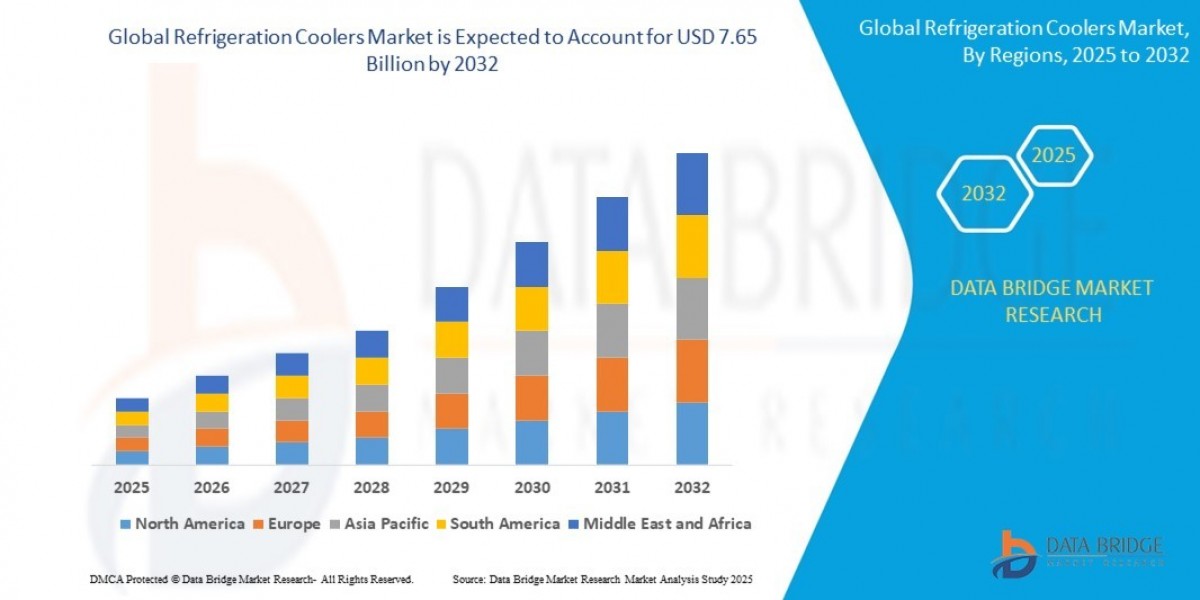Driving Smart Manufacturing: The Evolution of Assembly Line Solutions
Introduction
In an era defined by mass customization, rapid product cycles, and digital transformation, modern manufacturing demands precision, speed, and scalability. At the core of this transformation lie assembly line solutions—the backbone of industrial production. From traditional conveyor-based systems to AI-driven, fully automated lines, assembly solutions are being reimagined to meet the demands of Industry 4.0. These systems enable manufacturers to boost output, reduce waste, and ensure consistent quality, making them indispensable across automotive, electronics, consumer goods, and industrial machinery sectors.
Market Overview
The global assembly line solutions market was valued at approximately USD 38.7 billion in 2023 and is projected to reach USD 67.2 billion by 2032, expanding at a CAGR of 6.3% during the forecast period (2024–2032). The growth is being driven by rising demand for smart manufacturing, increasing automation adoption across SMEs and large enterprises, and the need for flexible, high-throughput production capabilities.
What Are Assembly Line Solutions?
Assembly line solutions refer to integrated systems and equipment designed to automate, streamline, and manage the process of assembling products. These systems may include:
Conveyor belts and transfer systems
Robotic arms and pick-and-place machines
Machine vision and quality inspection systems
Programmable Logic Controllers (PLCs)
Human-Machine Interfaces (HMI)
Sensors and actuators
Data acquisition and MES integration
They can be fully automated, semi-automated, or manual, depending on the industry and production complexity.
Key Market Drivers
Rise of Industry 4.0
Smart factories require real-time monitoring, adaptive production lines, and data-driven decision-making, all of which are enabled by next-gen assembly solutions.Demand for Mass Customization
Industries like automotive and electronics are shifting from mass production to mass customization, requiring flexible and modular assembly lines.Labor Shortages and Cost Optimization
Automation reduces dependence on manual labor, enhances safety, and minimizes operational costs—critical in regions facing labor constraints.Quality Assurance and Traceability
Integrated machine vision, AI, and IoT sensors enable defect detection and quality tracking, ensuring compliance and reducing recalls.Sustainability Goals
Energy-efficient motors, predictive maintenance, and smart resource management in modern assembly lines support manufacturers’ ESG and carbon neutrality targets.
Market Segmentation
By Automation Level
Manual Assembly Lines
Semi-Automated Assembly Lines
Fully Automated Assembly Lines
By Component
Conveyors & Material Handling Systems
Robotics & End Effectors
Sensors & Controllers
Vision Systems & Inspection Tools
Software (SCADA, MES, AI/Analytics)
By Industry Application
Automotive
Electronics & Semiconductors
Aerospace & Defense
Medical Devices
Consumer Goods
Machinery & Industrial Equipment
Food & Beverage
By Region
North America
Europe
Asia-Pacific
Latin America
Middle East & Africa
Technology Trends
AI and Machine Learning Integration
Predictive analytics, demand forecasting, and anomaly detection are enhancing efficiency and uptime.Collaborative Robots (Cobots)
Cobots are being integrated into assembly lines for shared workspaces, especially in high-mix, low-volume production environments.Digital Twins
Virtual modeling of entire assembly lines allows manufacturers to simulate, test, and optimize processes before deployment.Edge Computing and IoT
Real-time data collection and local processing at the edge are enabling faster response times and autonomous line adjustments.Additive Manufacturing Integration
3D printing is being embedded into assembly systems for on-demand part fabrication, reducing inventory costs.
Leading Providers of Assembly Line Solutions
Siemens AG – Integrated automation, PLCs, MES, and digital twins
ABB Ltd. – Robotic assembly arms and modular automation systems
Rockwell Automation – Smart control systems and industrial software
Bosch Rexroth – Flexible and scalable assembly lines
KUKA AG – Intelligent robotics for automotive and electronics
Schneider Electric – EcoStruxure smart factory platforms
FANUC Corporation – Industrial robotics and AI-driven inspection
FlexLink (Coesia Group) – Modular conveyors and material flow optimization
Yamaha Robotics – Compact assembly and pick-and-place automation
Challenges
High Capital Expenditure: Automated assembly lines require significant upfront investment, especially for small manufacturers.
Integration Complexity: Merging legacy systems with modern technologies like AI and IoT can be technically challenging.
Cybersecurity Risks: Connected lines are susceptible to threats without robust OT cybersecurity protocols.
Skilled Workforce Gap: Operating and maintaining advanced assembly lines demand upskilling and workforce development.
Future Outlook
As global manufacturing continues to shift toward hyper-automation and resilience, assembly line solutions will be central to this evolution. Future systems will be self-learning, self-correcting, and seamlessly integrated with enterprise software, logistics, and customer demand signals. With growing investments in smart factories, ESG compliance, and circular production models, assembly line technologies will evolve into dynamic, software-defined ecosystems.
Conclusion
The global push for smart, responsive, and efficient manufacturing has propelled assembly line solutions into a new era of innovation. No longer confined to rigid, linear production, modern assembly lines are intelligent, connected, and capable of supporting rapid product innovation. For manufacturers, investing in next-gen assembly solutions is no longer optional—it is essential for competing in a digital-first, customer-centric industrial landscape.
Read More
| US Image Signal Processor Market |
| US Optocoupler IC Market |
| US Waterproof Bluetooth Speakers Market |
| US Wireless Microphone Market |
| US Wearable Computing Market |
| US Interactive Projector Market |








